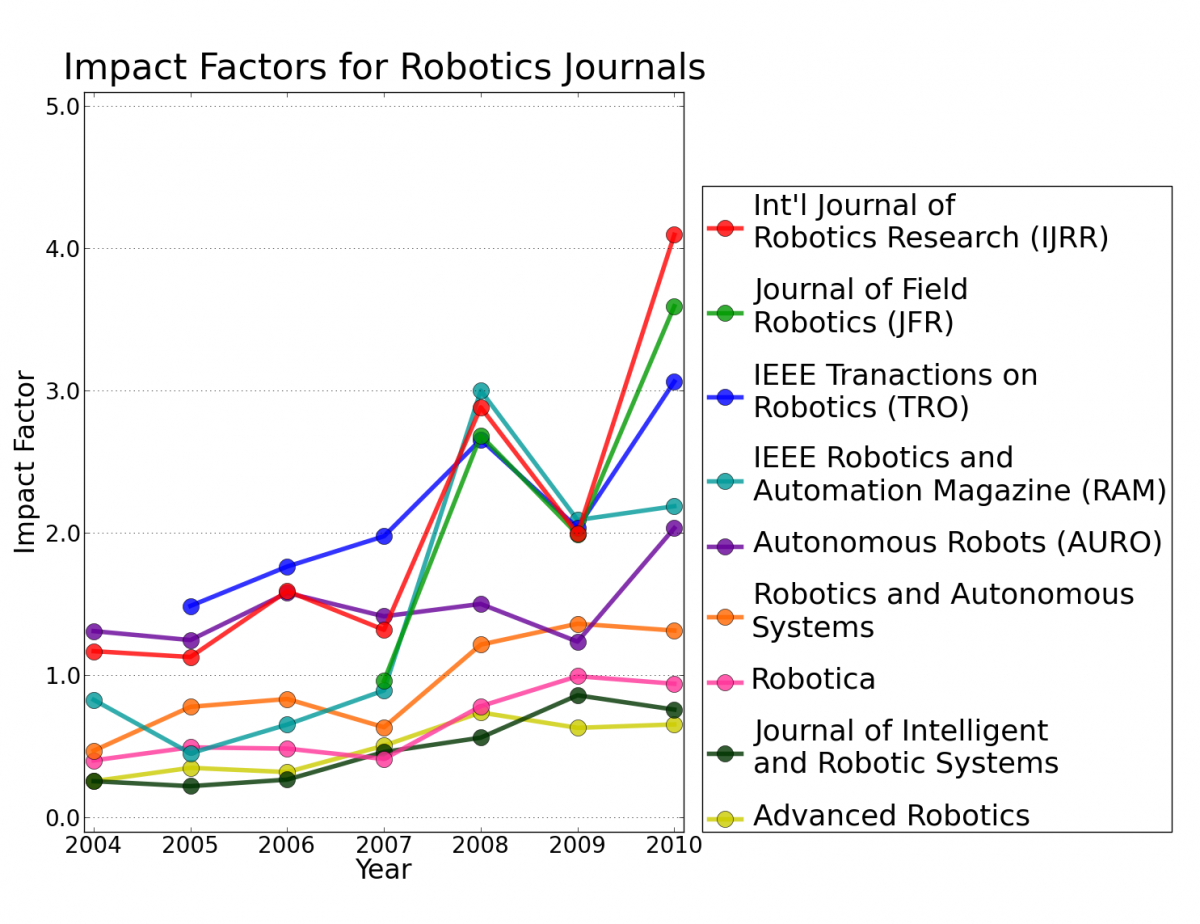By Jeff A. Benner
Fred approached John. "Hello John, I heard you know Hebrew"? "Yes I do." replied John.
Fred: I was wondering what the Hebrew for he is?
John: Hu.
Fred: Not any one in particular, I just wanted to know what is he?
John: Hee is she.
Fred: Who?
John: No, Hu is he.
Fred: I thought you said he is she?
John: Yes, that is correct.
Fred: What is correct?
John: Hee is she.
Fred: I have no idea what you said. Who is she?
John: No, hu is he.
Fred: I dont want to know who he is, now I want to know what she is in Hebrew?
John: Hee.
Fred: He Who?
John: Yes that is correct. But, hee is she.
Fred: Who is she?
John: No, Hu is he.
Fred: Why do you keep asking me "who is he"?
John: I thought you were asking me what he is in Hebrew?
Fred: Me?
John: That is who.
Fred: Who is me?
John: No, Hu is he, mee is who.
Fred: I don't want to know who you are, I want to know who is he?
John: That is correct.
Fred: But, I have no idea what I am saying.
John: But you say it so well.
Fred: Who me?
John: Why are you asking me who he is?
Fred: No, I am asking you what is he.
John: Hee is she.
Fred: Who is she?
John: No, hu is he.
Fred: I am very lost. Me is who? Who is he? He is She?
John: Very good, you said that very well.
Fred: What did I say?
John: Mee is who, hu is he and hee is she.
Fred: Well if you must know, you are crazy, I don't know who he is and if she is a he, I sure don't want to know her?
Fred: I was wondering what the Hebrew for he is?
John: Hu.
Fred: Not any one in particular, I just wanted to know what is he?
John: Hee is she.
Fred: Who?
John: No, Hu is he.
Fred: I thought you said he is she?
John: Yes, that is correct.
Fred: What is correct?
John: Hee is she.
Fred: I have no idea what you said. Who is she?
John: No, hu is he.
Fred: I dont want to know who he is, now I want to know what she is in Hebrew?
John: Hee.
Fred: He Who?
John: Yes that is correct. But, hee is she.
Fred: Who is she?
John: No, Hu is he.
Fred: Why do you keep asking me "who is he"?
John: I thought you were asking me what he is in Hebrew?
Fred: Me?
John: That is who.
Fred: Who is me?
John: No, Hu is he, mee is who.
Fred: I don't want to know who you are, I want to know who is he?
John: That is correct.
Fred: But, I have no idea what I am saying.
John: But you say it so well.
Fred: Who me?
John: Why are you asking me who he is?
Fred: No, I am asking you what is he.
John: Hee is she.
Fred: Who is she?
John: No, hu is he.
Fred: I am very lost. Me is who? Who is he? He is She?
John: Very good, you said that very well.
Fred: What did I say?
John: Mee is who, hu is he and hee is she.
Fred: Well if you must know, you are crazy, I don't know who he is and if she is a he, I sure don't want to know her?
refer from http://www.ancient-hebrew.org/19_hu.html


